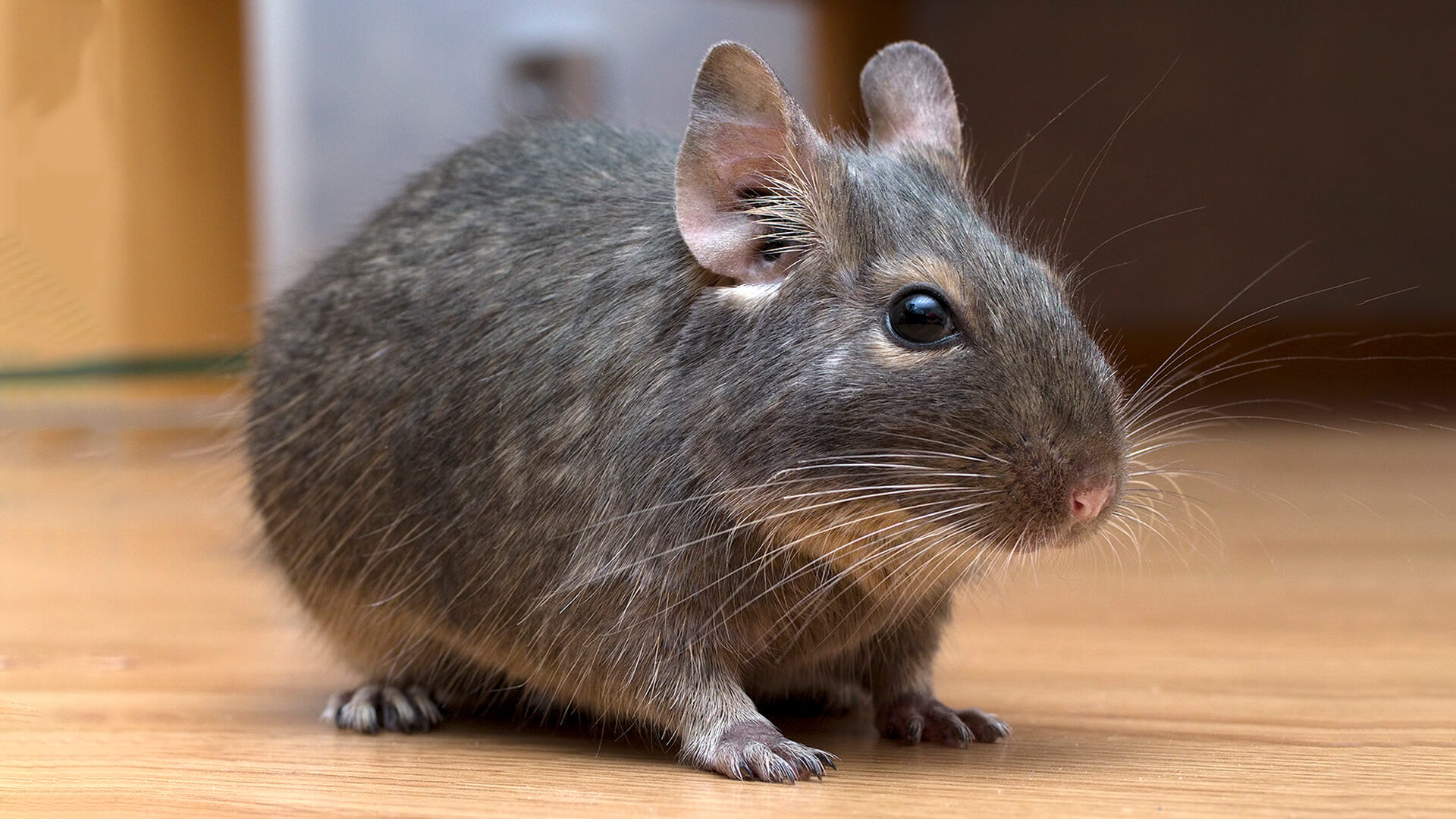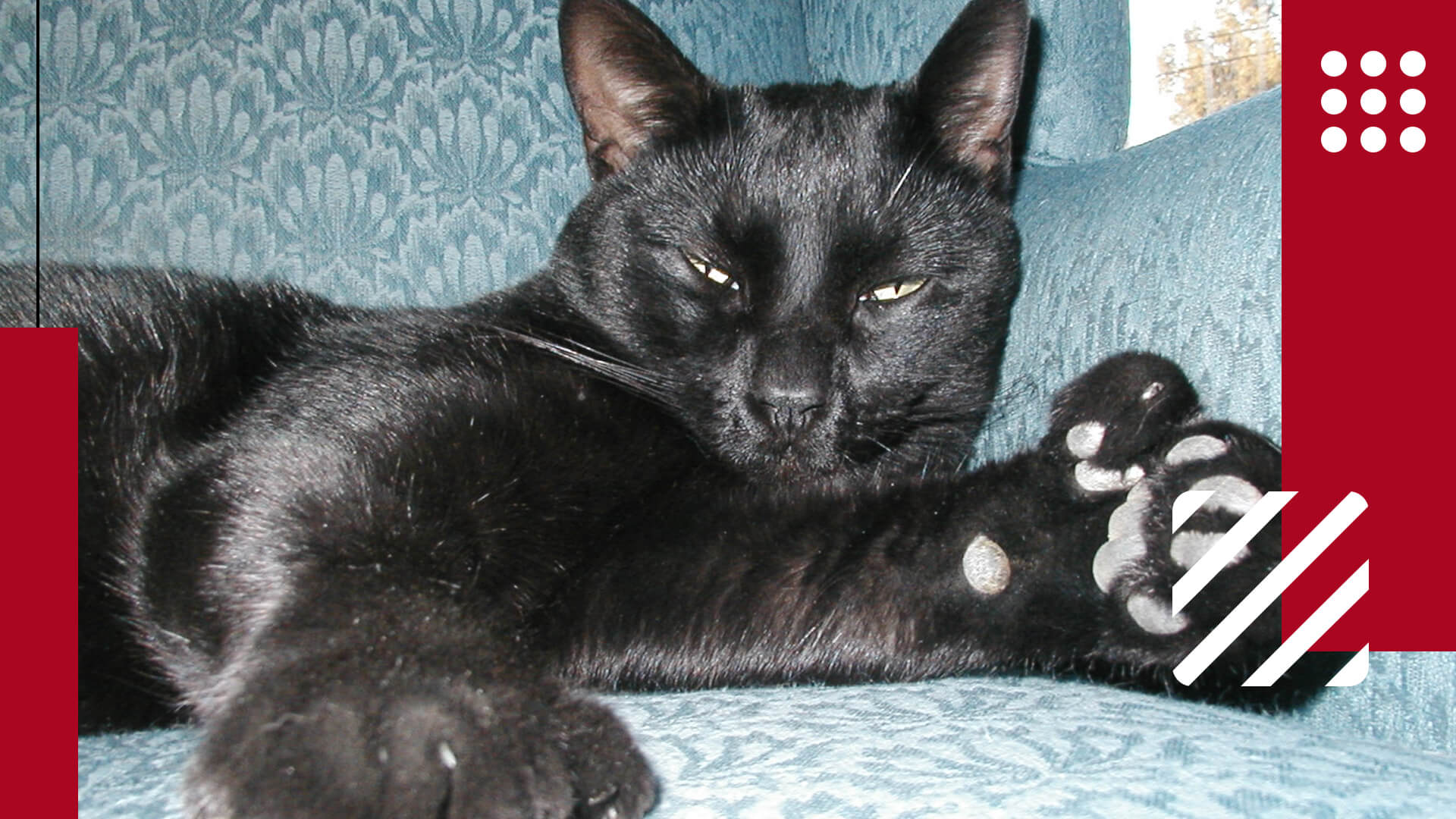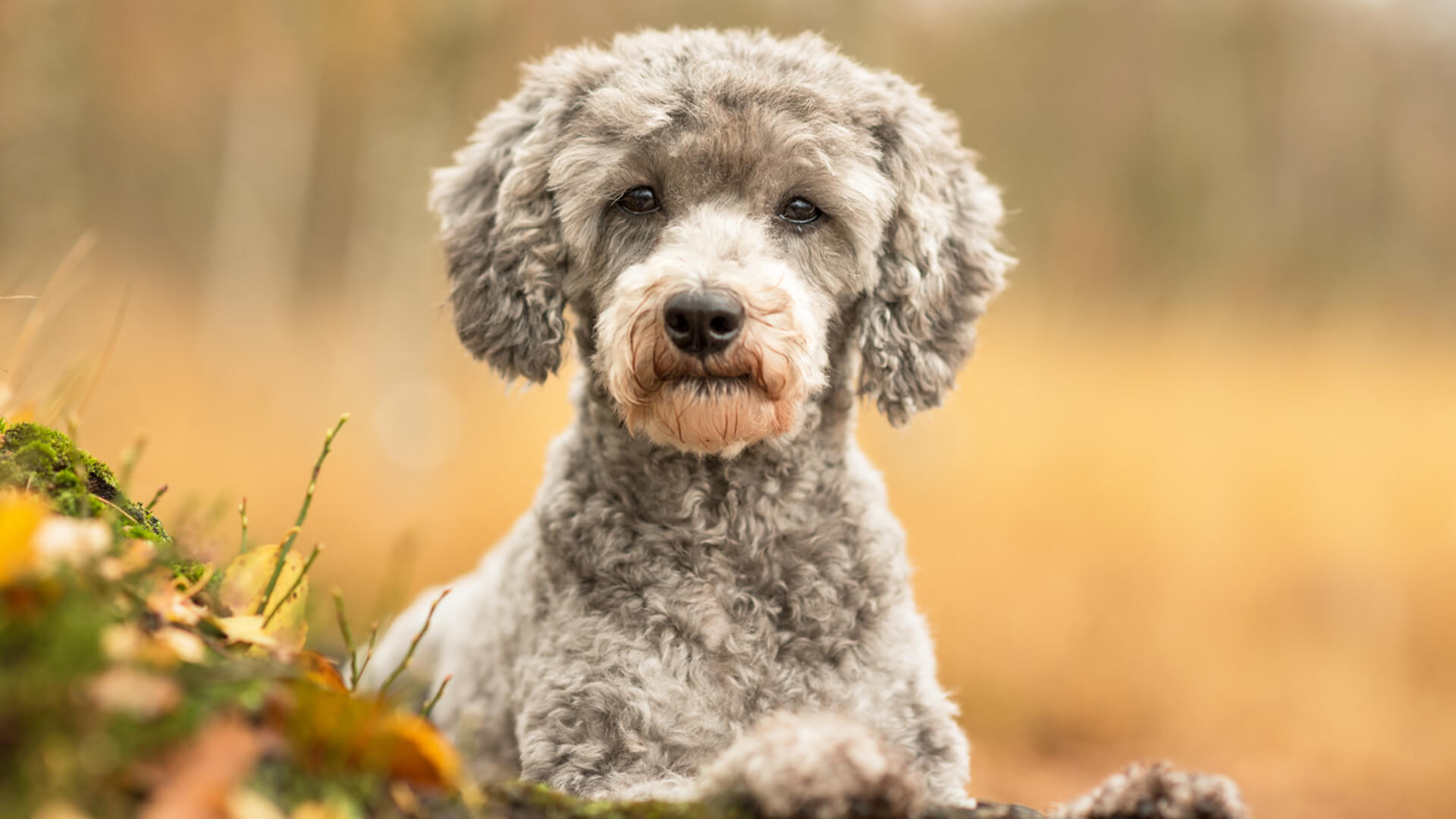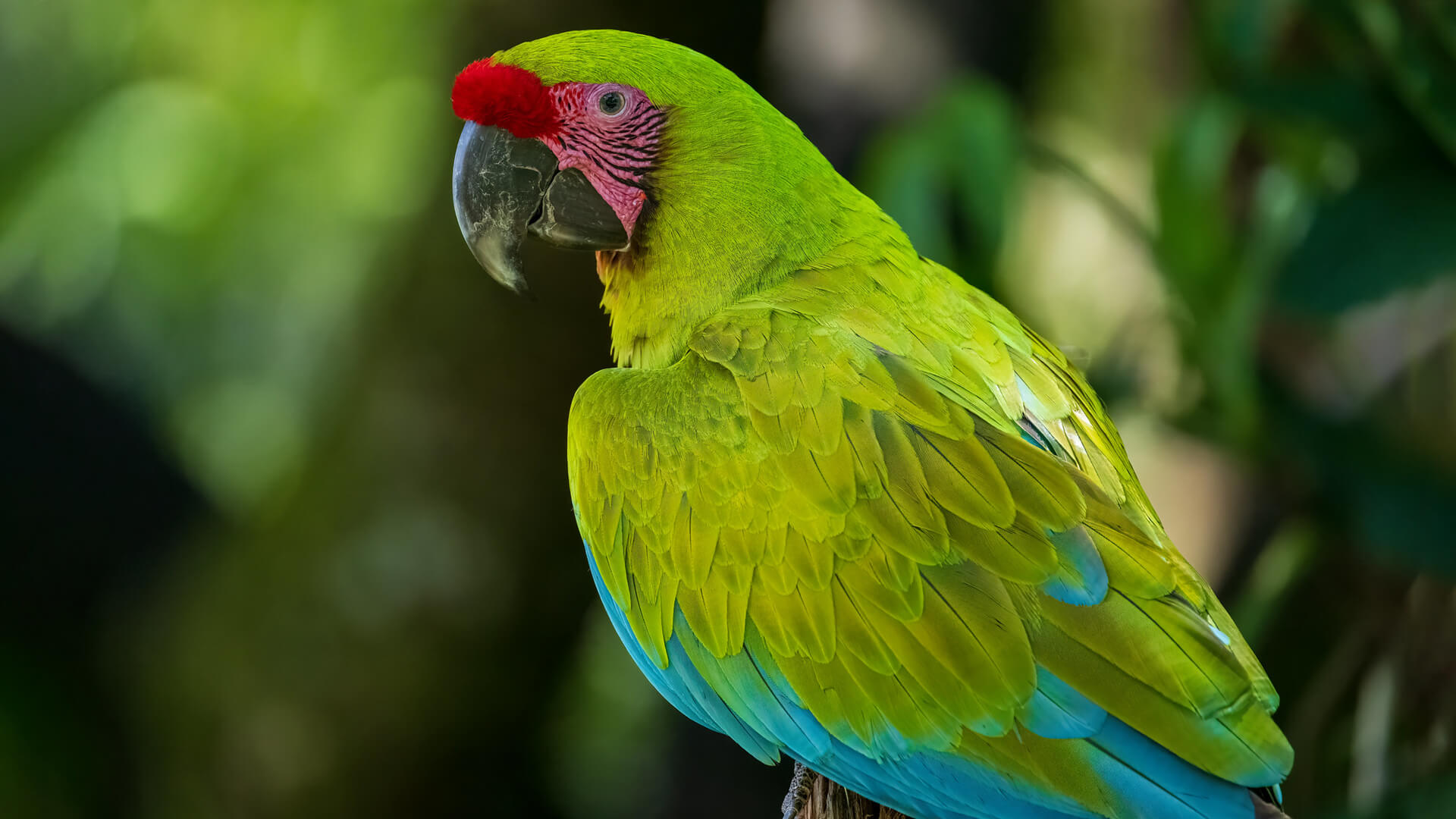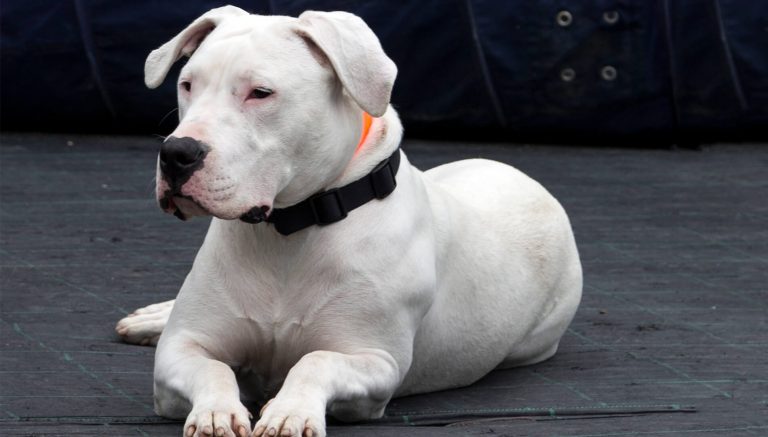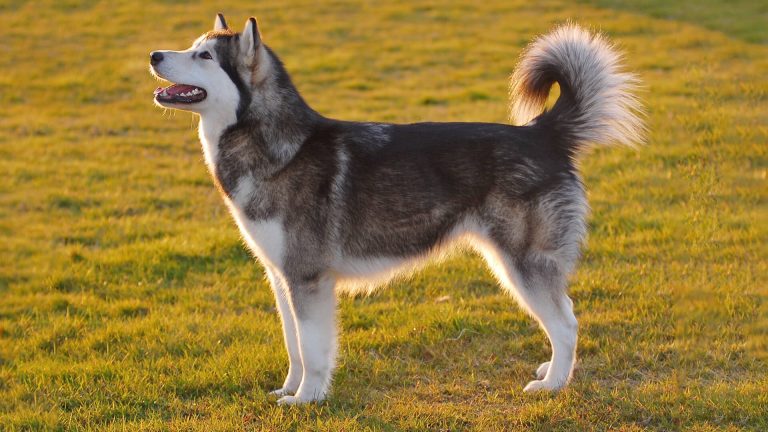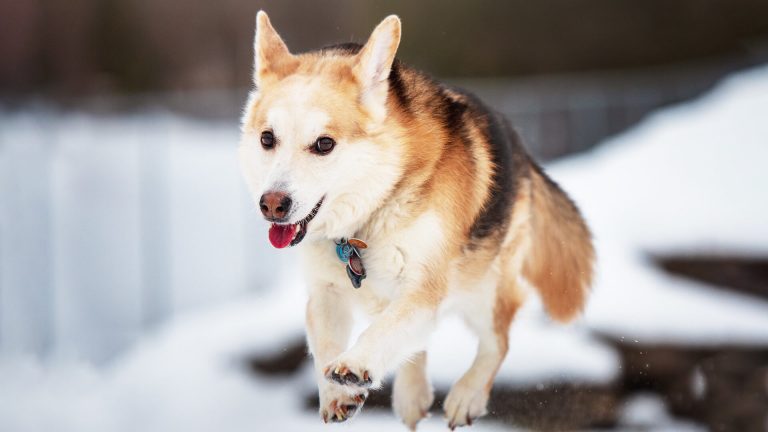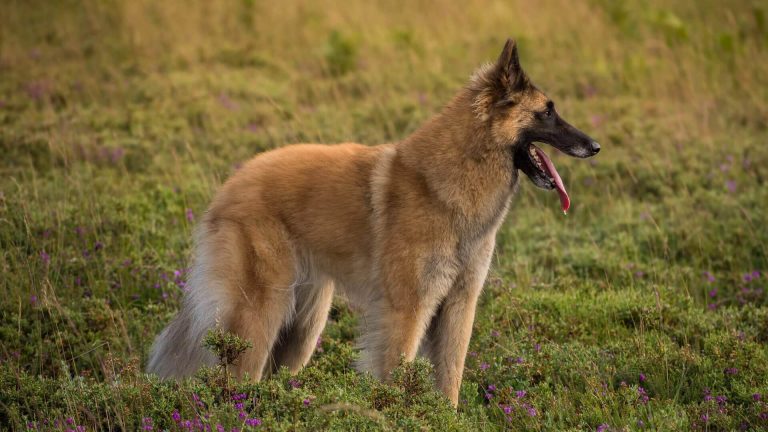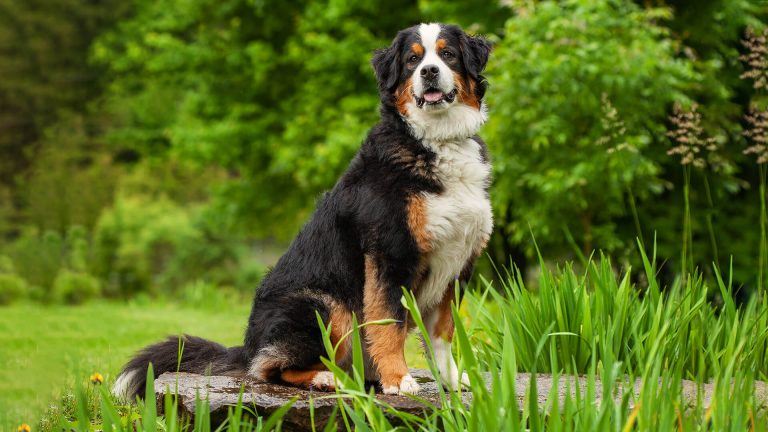Catahoula Dogs, also known as Catahoula Leopard Dogs, are a unique and versatile breed that originated in the United States, specifically in Louisiana. Renowned for their striking coat patterns and piercing eyes, Catahoulas have gained popularity as both working dogs and loyal companions. These intelligent and energetic canines excel in various roles, including herding, hunting, and even search and rescue. In this article, we will delve into the world of Catahoula Dogs, exploring their history, temperament, physical traits, exercise and training needs, as well as their suitability as family pets.
Whether you're considering adding a Catahoula to your home or simply intrigued by this remarkable breed, this guide will provide valuable insights into the unique qualities and requirements of Catahoula Dogs.
Distinctive Features of Catahoula Leopard Dog
| Breed Name | Catahoula |
| Lifespan | Up to 14 years |
| Size | Up to 26 inches |
| Weight | 50-95 pounds |
| Coat | Short to medium length, dense, and water-resistant |
| Color | Varied coat patterns, often with merle patterns |
| Health risk | Moderate |
| Unique trait | Piercing, multicolored eyes and strong herding instincts |
| Famous for | Working as a versatile and intelligent working dog |
| Temperament | Intelligent, independent, and protective |
| Maintenance | Moderate (regular grooming and moderate exercise) |
| Adaptability | Moderate (prefers an active lifestyle and requires mental stimulation) |
| Behavior | Generally good, but early socialization is important |
| Personality | Energetic, alert, and loyal |
| Social | Can be wary of strangers, but can be socialized to get along with other dogs and pets |
The Catahoula dog has a slightly tapered muzzle, a stout muscular neck, and a long curved tail, all of which contribute to its distinctive appearance. The dogs come in various colors and have medium to short fur. They are slightly longer than their height and display an energetic and robust demeanor.
These dogs have a lifespan of 10-14 years. The males stand at a shoulder height of 22-26 inches, while the females measure 20-24 inches. Male Catahoulas typically weigh between 65-90 pounds, whereas females weigh between 50-65 pounds. Males are generally larger than females.
The Catahoula is known for its striking coat patterns with spots and patches in different colors. The presence of the merle gene creates a leopard-like coat. The color variations include:
- Red hues: Brown and tan colors fall under this category.
- Blue hues: Dark grey, black, and white are combined in this color range.
- Black hue: Occasional patches of black color can be seen.
- Silver and gray hues: Black areas appear as light gray.
- Three shades hue: The coat displays black, white, and gray colors.
- Geometric five hue: Along with white and tan, black and gray are included.
- Patchwork hue: The base color is white with small merle patches in black, brown, gray, blue, liver, or red.
The eyes of Catahoulas can be green, blue, amber, or a combination of colors. Some dogs have heterochromia, where each eye has a different color. Others may have variations within the same eye, known as heterochromia. When the eyes appear very light, almost white, it is referred to as a glass eye. A marbled or cracked eye occurs when the eye has both color and a glass-like appearance. Brown eyes with spots or flecks of glass are called spotted eyes. Gray eyes are also observed. The dog's whip-like tail adds grace to its appearance, and its webbed toes enable it to swim and work in marshy areas.
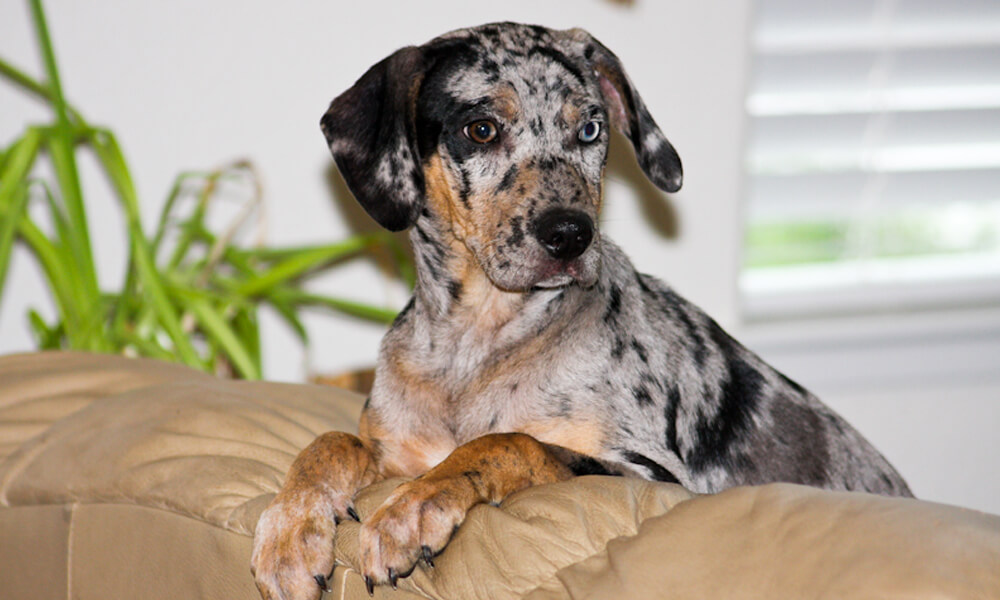

How to Take Care of Pet Catahoula Leopard Dog?
Taking care of a pet is never easy but it's not all that hard either if you know everything about your pet.
How to Set up Habitat for Pet Catahoula Leopard Dog?
Setting up the right habitat for a pet Catahoula Leopard Dog is crucial to ensure their well-being and happiness. These dogs are known for their energetic and active nature, so providing them with a suitable environment is essential for their physical and mental stimulation.
First and foremost, it's important to have enough space for a Catahoula Leopard Dog to move around and exercise. These dogs are not well-suited for apartment living and thrive in a house with a yard or access to open spaces. A securely fenced yard is ideal to prevent them from wandering off since Catahoulas have a natural instinct to roam.
Creating a comfortable and safe shelter for your pet is essential. Ensure your Catahoula has a warm and cozy dog bed inside the house, away from drafty areas, to retreat to when they need rest. Providing a crate can also be beneficial, as it gives them a sense of security and serves as a den-like space where they can feel safe.
Since Catahoulas are known for their swimming abilities, access to a pool or a nearby lake would be a great addition to their habitat. If you have a pool, make sure it's securely fenced to avoid any accidents.
Catahoulas require regular mental and physical exercise to prevent boredom and destructive behavior. Set aside time for daily walks, runs, or playtime in the yard. They are excellent candidates for agility training and various dog sports that can challenge their intelligence and keep them engaged.
Interactive toys and puzzle games are also beneficial to stimulate their minds and keep them occupied when you're not around. Catahoulas are intelligent and need mental stimulation to stay happy and content.
What to Feed Catahoula Leopard Dog?
The recommended diet for a Catahoula Leopard Dog consists of 3-5 cups of high-quality food, whether homemade or commercial, divided into two meals per day. Wait for at least an hour after exercise before serving food and water to prevent gastric dilatation-volvulus or bloat. Leaving food out all the time can lead to overeating and obesity, so it's best to follow a regular feeding schedule. Consulting with a veterinarian to determine the specific dietary needs based on factors such as size, age, build, activity level, and metabolism is highly advised.
Some Catahoula Leopard Dogs have a tendency to gain weight easily, so control their calorie intake to prevent obesity. Treats can be used as positive reinforcement during training, but moderation is key to avoid excessive calorie consumption that could contribute to weight gain.
What to Avoid Feeding Catahoula Leopard Dog?
When it comes to feeding a Catahoula Leopard Dog, there are certain foods that should be avoided to ensure their health and well-being. Firstly, it is crucial to steer clear of foods that are toxic or harmful to dogs in general, such as chocolate, grapes, raisins, onions, garlic, and any products containing xylitol, which is commonly found in sugar-free gum and some peanut butter brands. These foods can be extremely dangerous and may lead to serious health issues or even be fatal if ingested by the dog.
Furthermore, avoid feeding the Catahoula Leopard Dog any foods that are high in fat content. These dogs are prone to weight gain, and a diet high in fat can exacerbate this issue, potentially leading to obesity and related health problems. Foods like fatty cuts of meat, fried foods, and excessive amounts of cheese or butter should be avoided. Instead, opt for leaner protein sources and limit the use of added fats in their diet.
Dogs should not be given bones from cooked meat, as these can splinter and cause injuries or obstructions in their digestive system. It's also best to avoid giving them sugary or salty foods, as these can disrupt their electrolyte balance and lead to health problems. Additionally, foods that are heavily processed or contain artificial additives should be kept off their menu, as these may not provide the necessary nutrients and can be harmful in the long run.
Lastly, be cautious with table scraps and leftovers from human meals. While some human foods are safe for dogs, it's best to stick to a well-balanced and complete dog food diet specifically formulated for their needs. Human foods may lack essential nutrients or contain ingredients that can upset their digestive system. Consulting with a veterinarian about the best diet and treats for the Catahoula Leopard Dog is recommended to ensure they remain healthy and happy.
Brushing, Bathing & Grooming Needs of Pet Catahoula Leopard Dog
The Catahoula Leopard Dog has moderate grooming needs that require regular attention to keep their coat and overall appearance in good condition. Brushing their coat at least once or twice a week is recommended to remove loose hair, dirt, and prevent matting. A slicker brush or a grooming mitt can be effective tools for this task. Additionally, using a de-shedding tool during shedding seasons can help manage the amount of hair they shed.
Regular bathing is important to keep the Catahoula clean and free of dirt and odors. However, excessive bathing should be avoided as it can strip their coat of natural oils and lead to dry skin. Bathing every 6-8 weeks or as needed is typically sufficient. Use a mild dog shampoo that is specifically formulated for their skin and coat type. Be sure to thoroughly rinse off all the shampoo to prevent any residue.
Trimming their nails regularly is essential for their comfort and to prevent overgrowth, which can lead to pain and difficulty walking. Nails should be trimmed using a dog nail clipper or grinder. Take care not to cut into the quick, which is the sensitive area of the nail that contains blood vessels. If you are unsure or uncomfortable doing this yourself, a professional groomer or veterinarian can assist you.
Ears should be checked regularly for signs of infection, such as redness, swelling, or a foul odor. Clean their ears with a veterinarian-recommended ear cleaning solution and cotton balls or pads. Gently wipe the outer portion of the ear, avoiding inserting anything deep into the ear canal, as it can cause injury.
Dental hygiene is important for their overall health. Brushing their teeth regularly with a dog-specific toothbrush and toothpaste is ideal. It helps prevent dental issues such as tartar buildup and gum disease. Additionally, providing them with dental chews or toys designed to promote oral health can be beneficial.
Lastly, grooming sessions provide an opportunity to examine their skin, coat, and overall health. Check for any lumps, bumps, or skin irritations, and consult a veterinarian if you notice anything unusual or concerning.
Health Concerns of Catahoula Leopard Dog
The Catahoula Leopard Dog is generally a healthy breed, but like all dogs, they can be prone to certain health concerns. Be aware of these potential issues and take necessary precautions. Here are some health concerns commonly associated with the Catahoula Leopard Dog:
- Hip Dysplasia: This is a genetic condition where the hip joint doesn't develop properly, causing pain and mobility issues. Regular exercise, a balanced diet, and maintaining a healthy weight can help reduce the risk of hip dysplasia. Breeding dogs should have their hips evaluated by a veterinarian before being used for breeding.
- Deafness: Catahoulas can be prone to congenital deafness, meaning they are born deaf or may develop hearing loss as they age. Have their hearing tested early on, and if deafness is present, appropriate training methods can be used to communicate with them effectively.
- Eye Issues: Catahoulas may be prone to various eye conditions, including progressive retinal atrophy (PRA), cataracts, and juvenile cataracts. Regular eye examinations by a veterinarian can help detect and manage these conditions.
- Coat and Skin Problems: Some Catahoulas may experience skin allergies, which can lead to itching, redness, and hair loss. Regular grooming, a healthy diet, and avoiding potential allergens can help manage these issues.
- Gastric Dilatation-Volvulus (Bloat): Catahoulas, like many large-breed dogs, may be susceptible to bloat, a life-threatening condition where the stomach fills with gas and can twist. Feeding them smaller meals throughout the day, avoiding vigorous exercise right after meals, and using elevated food bowls can help reduce the risk of bloat.
- Hearing and Vision Disorders: In addition to deafness, Catahoulas may also be prone to vision disorders such as congenital stationary night blindness (CSNB). Regular check-ups with a veterinarian can help monitor their hearing and vision health.
Training & Playing with Catahoula Leopard Dog
Training and playing with a Catahoula Leopard Dog can be both rewarding and enjoyable, given their intelligence and high energy levels. Here are some tips for effective training and fun playtime:
- Start Early: Begin training your Catahoula puppy as soon as you bring them home. Early socialization and obedience training are crucial to ensure they grow into well-behaved and confident adults.
- Positive Reinforcement: Use positive reinforcement techniques, such as treats, praise, and toys, to reward good behavior during training. Catahoulas respond well to positive reinforcement and are eager to please their owners.
- Consistency: Be consistent in your training methods and commands. Use the same cues and gestures so that your dog can quickly understand what is expected of them.
- Mental Stimulation: Catahoulas are intelligent dogs that require mental stimulation. Engage them in interactive games, puzzle toys, and training sessions to keep their minds active and prevent boredom.
- Physical Exercise: These dogs are highly active and need regular physical exercise to stay happy and healthy. Provide daily walks, play fetch, or let them run in a securely fenced area.
- Herding Instincts: As herding dogs, Catahoulas may have a strong instinct to chase and control movement. Channel this instinct into appropriate games like fetch or agility training.
- Recall Training: Due to their independent nature, Catahoulas may have a tendency to roam. Teach them a strong recall command and practice it in safe, enclosed areas.
- Playtime: Engage in interactive play with your Catahoula, such as tug-of-war, frisbee, or hide-and-seek. This strengthens the bond between you and provides an outlet for their energy.
- Mental Challenges: Incorporate training exercises that challenge their problem-solving abilities. Hide treats around the house or use treat-dispensing toys to keep them mentally stimulated.
- Be Patient: Catahoulas can be headstrong at times, so be patient and understanding during the training process. Consistent and positive training will yield the best results.
What it's Like to Have Catahoula Leopard Dog as a Pet?
The Catahoula Leopard Dog, also known as the Catahoula Cur or Louisiana Catahoula, is a versatile and energetic breed known for its striking coat patterns and exceptional working abilities. Here's what it's like to keep a Catahoula Leopard Dog as a pet:
Temperament: Catahoula Leopard Dogs are highly intelligent, independent, and energetic. They are known for their strong work ethic and loyalty to their families. While they can be affectionate and loving with their owners, they can also be reserved and aloof with strangers. Catahoulas require early socialization and consistent training to channel their intelligence and energy effectively. They thrive in homes with experienced and active owners who can provide them with the mental and physical stimulation they need.
Activity Level: Catahoulas are a high-energy breed that requires plenty of exercise and mental stimulation to stay happy and balanced. They excel in activities such as agility, obedience, tracking, herding, and even as hunting companions. Daily walks, jogging, or engaging them in interactive play sessions are essential to keep them physically and mentally stimulated. Without enough exercise, Catahoulas can become bored, which may lead to destructive behavior.
Family Compatibility: Catahoulas are generally good with children when raised with them and properly socialized. However, their strong herding instincts may lead them to nip at the heels of running children, so supervision is necessary. They can also be territorial, so early socialization with other pets is important. Due to their high energy levels, they are best suited for active families who can provide them with the exercise and mental stimulation they require.
What People Are Reading:
Frequently Asked Questions About Catahoula Dog
Some of the generally asked questions about the Catahoula are answered below:
Are Catahoula dogs good for apartments?
Catahoula dogs are generally not recommended for apartment living. They are an active and energetic breed that requires ample space to exercise and fulfill their high exercise needs. Without sufficient physical activity and mental stimulation, Catahoulas may become bored and exhibit destructive behaviors.
Are Catahoula dogs dangerous?
Catahoula dogs are not inherently dangerous, but like any dog breed, their behavior is influenced by various factors such as genetics, training, socialization, and individual temperament. Proper training, socialization, and responsible ownership are essential in shaping a Catahoula's behavior. As with any dog, supervise interactions with children and other pets to prevent any potential conflicts.
Is Catahoula easy to train?
Catahoula Leopard Dogs are intelligent and eager to please, but they can be independent and strong-willed. Training a Catahoula requires consistency, positive reinforcement, and firm leadership. Early socialization and obedience training are important to ensure they grow into well-behaved and well-adjusted adults. Working with an experienced trainer and using reward-based training methods can be beneficial.
How fast is a Catahoula?
Catahoula Leopard Dogs are known for their agility and speed. While individual dogs may vary, they are generally a fast and athletic breed. Catahoulas have been used for various working purposes, including herding and hunting, where their speed and agility are put to use. However, their speed can also make them prone to chasing behaviors, so proper training and a secure environment are necessary to keep them safe.

